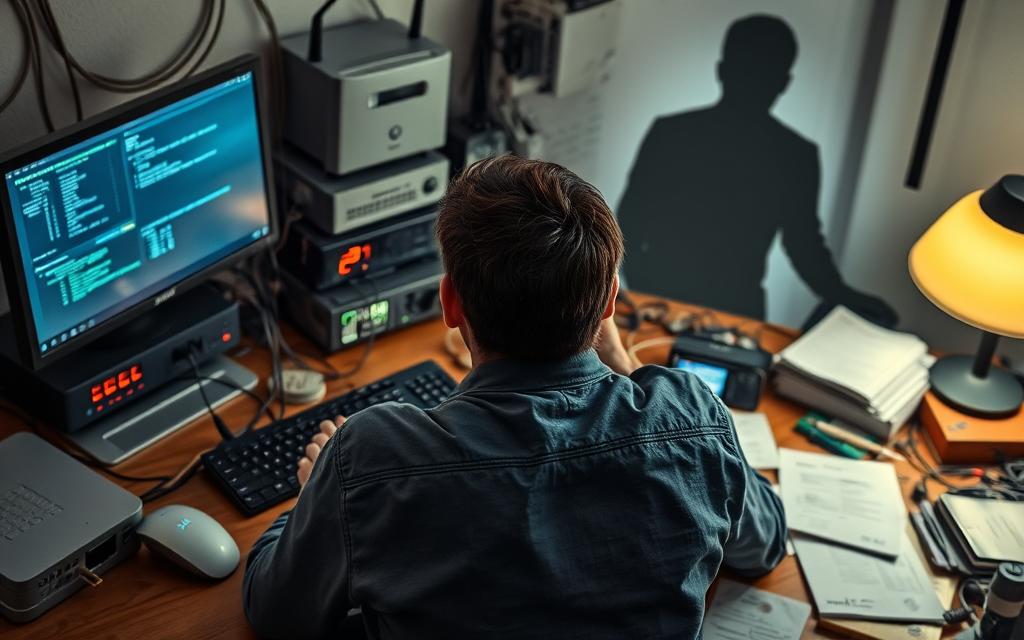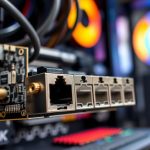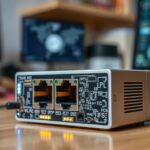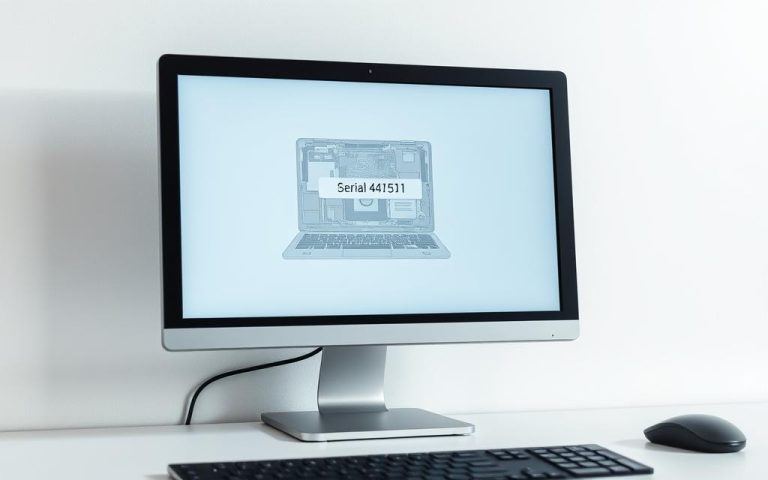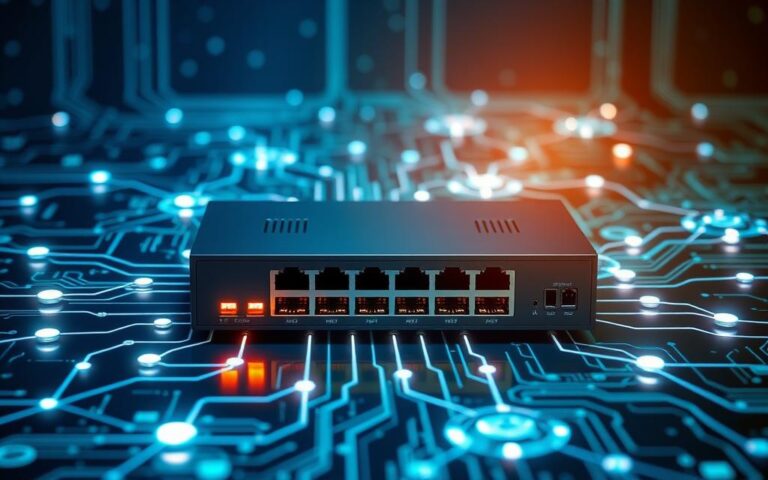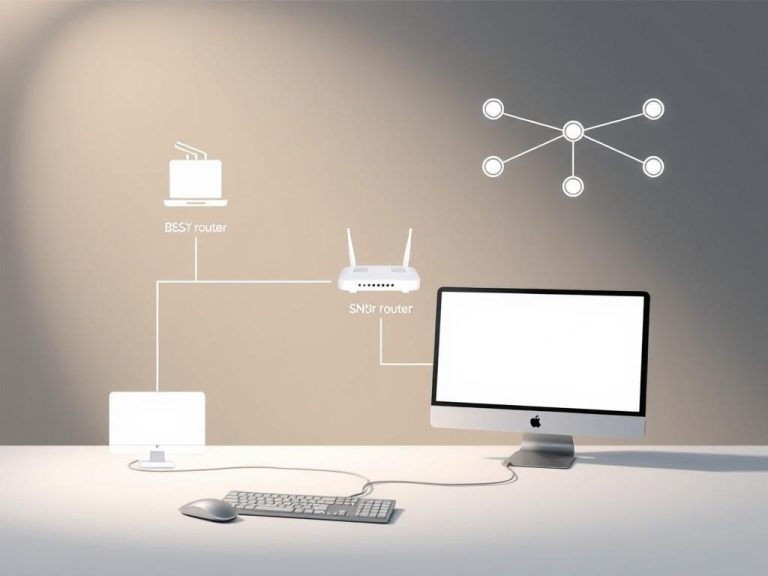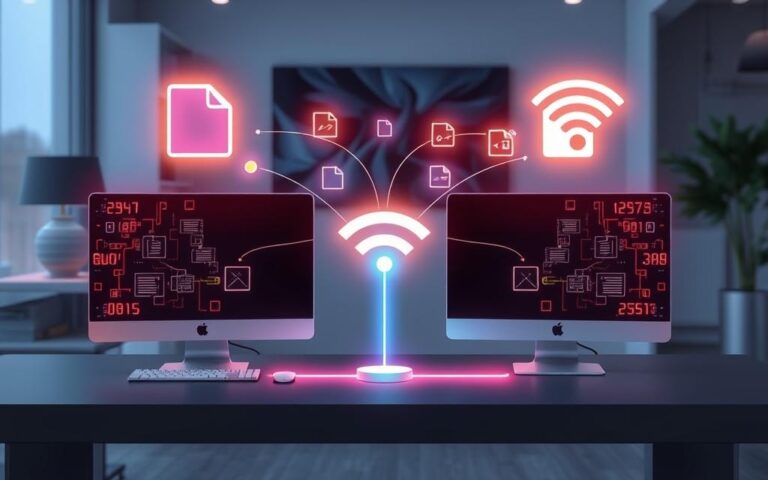Why Can’t You See a Computer on Your Network? Troubleshooting Tips
Not seeing a computer on your network can be both annoying and confusing. It’s vital for both personal and work needs to have good network connections. When a computer doesn’t show up on the network, it’s often due to various visibility issues. These can slow down work and cause trouble.
Many Windows users find that the issue starts with network discovery being turned off. Also, the Windows firewall might need changes to show computers properly. This includes allowing Firewall and Printer Sharing. Understanding network connectivity can be complex. But knowing how to troubleshoot is key to fixing these problems.
In this discussion, we’ll look into expert advice and tips from the Microsoft Community. This will help you understand and fix your connectivity problems. With the correct information, getting your network to show all computers can be simple.
Understanding Network Visibility Issues
Network visibility is key for smooth interactions between devices in a network. It helps users avoid symptoms of network problems which block access to shared resources. This not only reduces productivity but also hampers communication between devices. In relation to updates in Windows 10 and Windows 11, many have reported network discovery issues. Such problems lead to frustrations and less efficiency at work.
The Importance of Network Visibility
The value of good network connectivity can’t be overstated for both individuals and businesses. Proper network visibility ensures devices find each other and communicate well. They can share files without much trouble. Yet, after Windows version 1803, some devices, like Windows 10 and Windows 11 computers, often vanish. Keeping network visibility stable improves the use of resources and boosts workflow and productivity.
Common Symptoms of the Problem
Various symptoms pop up when there are network visibility issues:
- Missing icons in the network view.
- Inability to access shared devices.
- Connection errors when trying to communicate with other computers.
- Error message system error 6118, indicating viewing errors in device lists.
These issues usually point to deeper connectivity problems. They could be caused by system settings or external factors. It might be necessary to check network discovery is on, confirm file and printer sharing is enabled, and make sure no antivirus or firewalls are blocking the network. For steps on how to tackle network visibility problems, check the advice provided here.
| Symptoms of Network Problems | Description |
|---|---|
| Missing icons | Devices not appearing in the network view. |
| Access issues | Inability to reach shared resources. |
| Error messages | Such as system error 6118 indicating device list viewing problems. |
Reasons Why You Can’t See a Computer on Your Network
Having trouble spotting a computer on your network? It could be down to several issues. Understanding what might be going wrong is key. Let’s look at the main reasons, which include network setup, gadget troubles, and software issues.
Network Configuration Issues
How devices chat with each other is crucial. If the setup isn’t right, they might not connect. You could be dealing with wrong group settings or off-track sharing options. Or maybe network discovery got switched off. For folks using Windows 10 version 1703 or later, updates might’ve tweaked network settings, causing headaches.
Hardware Problems
Gadgets not talking? It might be the gear. A dodgy router, bad cables, or old tech not up to today’s standards can mess things up. Some devices also need a special tweak to work right nowadays. Keeping everything updated and in tip-top shape helps dodge network woes.
Software and Firewall Interference
Software can make connecting tricky, too. Firewalls, like those in your antivirus, might stop devices from showing up. It’s up to you to adjust these settings. Making sure they let through what you need while staying secure is crucial. Turning on network discovery in Windows Defender Firewall might do the trick.

To fix these snags, check your network setup, ensure your gear works, and adjust software settings. Doing this improves your odds of connecting to all devices on the network.
Checking Your Network Settings
Learning how to check network settings will make your network use better. By looking at sharing options, you may find issues that affect how visible your network is. Doing this will help devices connect without problems. This makes sure you can talk across your network whether at home or work.
Verifying Network Discovery Settings
It’s important to check your network discovery settings. This lets your device find, and be found by, other devices. Here are the steps:
- Open the Control Panel and go to ‘Network and Sharing Center.’
- Click on ‘Change advanced sharing settings.’
- Make sure ‘Turn on network discovery’ is on.
By turning on this setting, more computers on your network can see each other.
Ensuring Private Network Configuration
For the best performance, make sure your network is private. A ‘Public’ setting limits what you can see and stops devices from finding each other. To change it to ‘Private’, do this:
- Head to ‘Network & Internet’ settings in your settings app.
- Click ‘Status’ then ‘Change connection properties.’
- Switch your network profile to ‘Private.’
This change will help devices work better together and keep file sharing safe.
Reviewing Sharing Options
Looking over your sharing options properly gives your devices the access they need. Here is what to do:
- Go back to ‘Network and Sharing Center’ and choose ‘Change advanced sharing settings.’
- Turn on ‘File and printer sharing’ under the Private options.
- Think about changing permissions for certain folders to make them easier to access.
Making these changes helps devices to communicate more easily, which solves visibility problems.
Can’t See a Computer on My Network: Troubleshooting Steps
If you can’t see a computer on your network, don’t worry. There are clear troubleshooting steps to help. By following these, you can often quickly solve the problem.
Restarting Devices to Refresh Connections
One simple solution is to restart your devices. This refreshes their connections. Doing this for all devices, like routers and computers, can fix minor issues. These issues might be stopping you from seeing other devices on the network.
Running the Network Troubleshooter
There’s a built-in network troubleshooter that’s really useful. It automatically finds and fixes many common network issues. By using this tool, it can check for problems with hardware and settings that might be causing issues.
Resetting the Network Configuration
Going deeper, resetting the network configuration can help. This includes actions like flushing the DNS and renewing IP settings. Doing these helps make sure your network settings are correct. It ensures your device communicates well with the network. Below is a table summarising essential troubleshooting steps:
| Troubleshooting Step | Description |
|---|---|
| Restart Devices | Switch off and on your router, switches, and computers to refresh connections. |
| Run Network Troubleshooter | Use built-in tools to automatically find and fix issues. |
| Reset Network Configuration | Flush DNS and renew IP to ensure your network settings are right. |
Advanced Troubleshooting Techniques
If you’re facing ongoing network issues, learning advanced troubleshooting methods can really help. It’s vital to update your network adapter drivers regularly. Out-of-date drivers can cause problems with device connections on the network. By ensuring your drivers are up to date, you boost your network’s performance and security.
Updating Network Adapter Drivers
Keeping your network adapter drivers fresh can prevent connectivity problems. This update process helps your devices work better together, solving some hardware issues. It’s also key to keeping your network safe and sound.
Configuring Firewall Permissions
Setting up your firewall settings correctly is just as important. A wrongly configured firewall can block important connections. So, adjusting these settings is crucial to let good traffic in and keep your network protected.
Using Command Prompt for Network Repairs
Using Command Prompt for network repairs also offers great tools. With commands like “ipconfig,” you can reset and refresh your network settings. This method is great for fixing complex problems that might be slowing down your network in homes or businesses. Applying these techniques lets you better manage and improve your network’s efficiency.
FAQ
Why can’t I see a computer on my network?
There could be a few reasons why this happens. Incorrect network setups, router malfunctions, or firewall settings might cause issues. It’s important to check these areas to find and solve the problem.
What are the common symptoms of network visibility problems?
You might not see some icons, or you can’t connect to shared devices. You may also get disconnected often. Spotting these symptoms helps fix network troubles quickly.
How can I verify my network discovery settings?
Go to the Network and Sharing Centre. Make sure network discovery is on. This lets your devices find each other, which is key for good connection.
What should I do if I suspect hardware problems?
First, look over your router and cables for issues. Turning your router off and on again, and checking connections can fix hardware glitches, improving your network.
How do I run the network troubleshooter?
Head to Settings, pick ‘Network & Internet’, then click ‘Network troubleshooter’. This helps find and solve common network problems quickly.
Is updating network adapter drivers necessary?
Yes, it’s important to keep network adapter drivers updated. This stops compatibility problems and keeps your connection smooth with new network tech.
How do I reset the network configuration?
Open Command Prompt as an admin and type ‘ipconfig /flushdns’, then ‘ipconfig /renew’. This refreshes your network, which might fix the problem.
What are advanced troubleshooting techniques I can try?
Try checking if your firewall is blocking connections, update your network drivers, and use Command Prompt to repair network issues. These steps can solve hard-to-fix network problems.

